By Hayley Anderton

If you walk west across the spine of the hills from Burrastow house towards Littlure, or east from Littlure towards Burrastow and keep a careful eye to the ground you might be lucky enough to spot the Compass Wart. Wart in this case seems to be a corruption of Varða[i]. Warts were look out points with clear views towards other wards across the islands – many have modern trig points on them now. The Compass wart, which is part of the Wards of Mucklure, does not, but there is a small cairn not far away.
I’ve been trying to make out something of the history of this place for a decade and more now with little success. It’s obviously an old sight, there are a few stories attached to it, but specifics are hard to pin down. It doesn’t appear in an otherwise exhaustive collection of place names recorded for the ordnance survey between 1877-78[i] although the carving definitely predates that and isn’t marked on more recent maps.
It is perhaps a classic example of what the writer Patrick Baker calls an Unremembered Place[i]. It’s known about locally, but even then, not well. Despite that there are stories attached to it, which some of the older men in the village will relay with confidence. The legend is that a ship carrying china, or china clay was wrecked in the Wester sound, but if her cargo is remembered, her name and the date she went down is not. I’ve been told that the bite (or creek) of Neus along the Burrastow coastline got its name from news of this wreck first coming in there – but that might just be a story.
The crew, or at least a good number of them, survived and are meant to be the ones who originally carved the compass into the rock whilst they kept a lookout for a likely boat to take them home. Where home might have been is another mystery. The bearing of the compass is accurate though and detailed enough to suggest it was a lengthy wait.
After that, which further confuses the issue, generations of young men carved their names and initials near the compass. I had wondered about this and what specific reasons might have taken them up there – there’s no shortage of subjects to speculate on. On a good day you can see Fair Isle on the horizon, Fitful head is clearly visible to the South with an excellent view of Vaila in the foreground, there’s a clear view over to Foula to the West, turn East and you get a reasonable view of the village of Walls. It’s a great place to monitor all sorts of comings and goings.
Romantic ideas about smuggling are hard to resist, it was a common enough practice in Shetland where ships were constantly coming and going, sometimes swapping legitimate cargos for contraband to take to the next port[i]. I was particularly interested to read that Shetland was not immune from the mid eighteenth-century gin craze. Edward Charlton drank Dutch gin (Hollands) on Vaila in 1834 when he stayed with Scott of Melby there (it may have had all necessary duty paid on it), and I know when Easthouse croft was restored on the Isle of Burra, jars of clear spirit were found buried in the byre because I was shown them.
The contents were most likely either a pot distilled gin, or white whisky of the sort you get from an illicit still, I’d guess gin was more probable as something bought or bartered from the Dutch herring fleet. Who knows how long it had been hidden for.
From the 1660’s onwards Press Gangs were active around Shetland, activity that would have reached a peak during the Napoleonic wars – at the time of Trafalgar about half the men serving in the navy (roughly 60,000 of them) were supposed to have been pressed into service. The navy could take eligible men aged between 18 and 55 who were of seafaring habits. Shetland fishermen were ideal. There are several caves around Shetland were men are meant to have hidden from the gangs, including the Press Gang Hol a little further around the coast from the Compass Wart at Footabrough.
It’s still possible to see this cave, it’s mentioned in Peter Guy’s ‘Walking the Coastline of Shetland Volume 5’ which covers the Westside, but I’m also told the rock is unstable around there, which would make any attempt to explore dangerous. Again, it’s a reasonable speculation to imagine that people from the surrounding houses might have kept an eye out from the Compass Wart when the navy was known to be in the area.
It’s also a likely place to look out from if you were watching for boats coming back from the Haaf fishing; there are remains of a small fishing station at Littlure, including the bothy there. As with the Watch tower on Vaila, which is roughly opposite the Compass Wart, you would be able to check on both the safety of returning boats, and make sure they weren’t making any unexpected stops.

The one thing I have been able to definitely pin down to this spot though is that the Arcitic whaling ship ‘Active’ dropped off and picked up men from Littlure in the late 1890’s. This kind of stop was be no means usual, so it would be fascinating to know why it happened at Littlure which isn’t the easiest place to carry out such operations if there’s any kind of sea running. Unusual or not there are still men in the village who remember their grandfathers telling them about this and have the discharge papers to back it up. It’s a spot that is particularly associated with young men, who carved their initials there for generations. It seems an obvious thing to do if you have an hour or two on your hands whilst you’re waiting for an expected ship.
If you want to read more from Hayley, you can check out her blog by visiting it here: http://www.desperatereader.blogspot.com.
You can also sign-up for our newsletter by submitting your details below.
|
[i] https://scotlandsplaces.gov.uk/digital-volumes/ordnance-survey-name-books/shetland-os-name-books-1877-1878/shetland-volume-21/264
[i] https://www.dsl.ac.uk/entry/snd/wart_n for more details and examples of Warts
[i] https://birlinn.co.uk/product/the-unremembered-places/ Bakers book explores several sites across Scotland which aren’t precisely forgotten, but are not well known
[i] http://www.smuggling.co.uk/gazetteer_scot_13.html
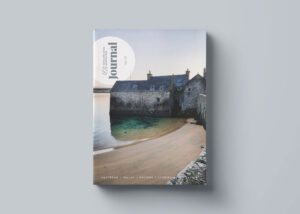
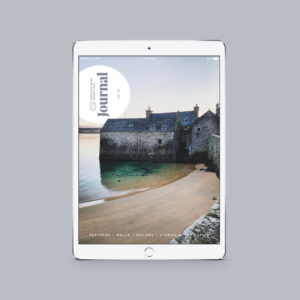

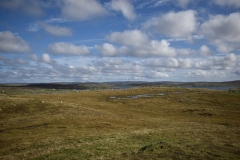
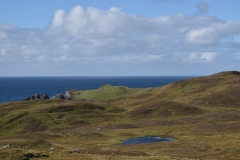
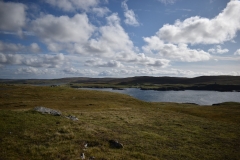
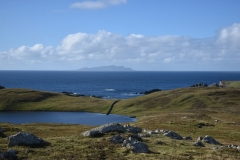
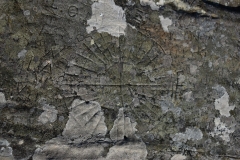
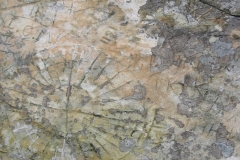
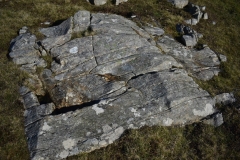
Hayley,
I just happened across this post about the Compass Wart which we used to call Compass Knowe, it must be over 50 years since I was there last!
Like you we always wondered who carved it and when. Then we always thought we might be able to decipher this information hidden by years of carvings and lichen, we never did.
Perhaps with modern digital scanning technology…….?
Peter